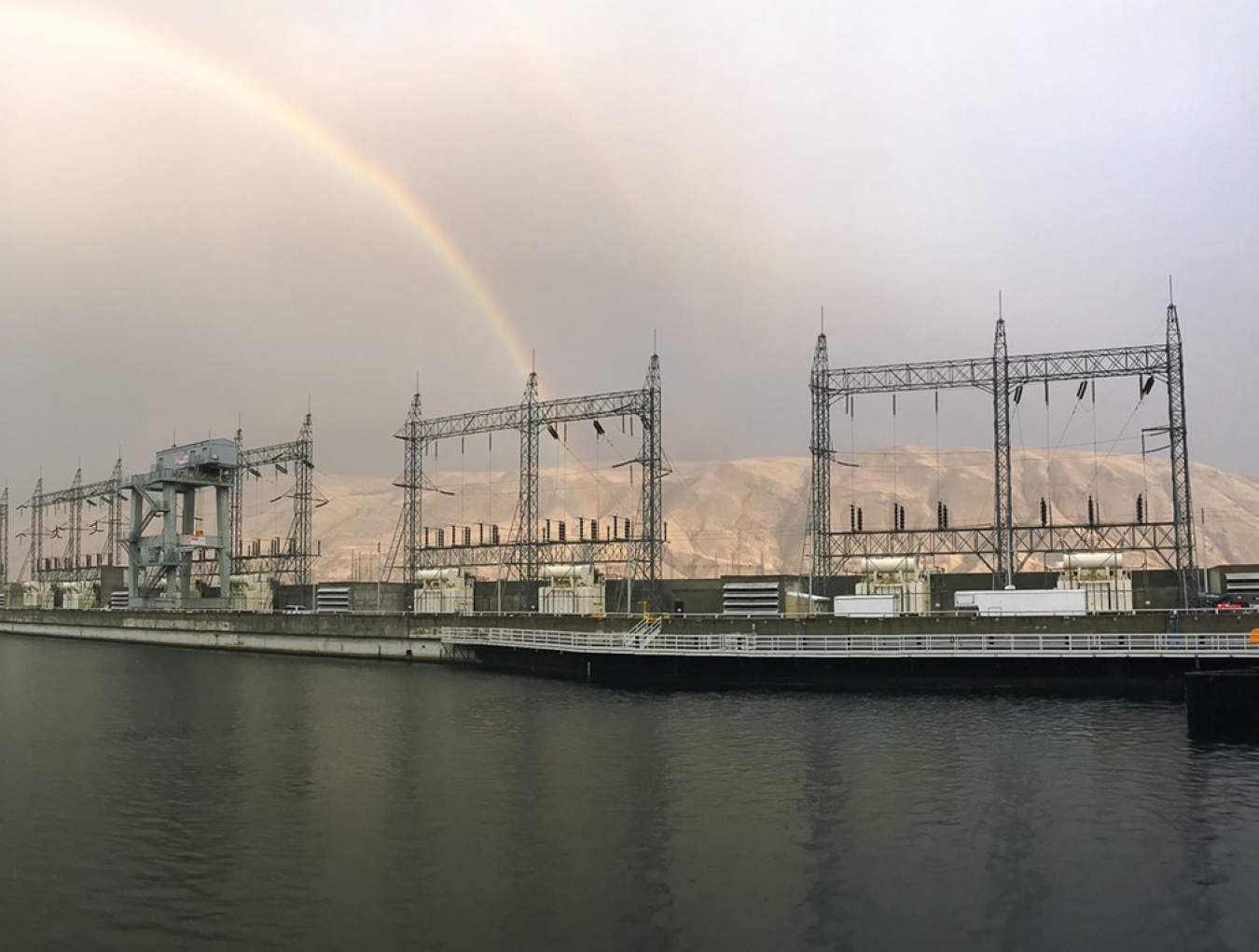A new report from Oak Ridge National Laboratory discusses the potential to use advanced manufacturing and materials to modernize the existing hydropower fleet and enable designs for new hydropower technologies.
Water Power Technologies Office
May 3, 2023Hydropower technology and designs have been optimized throughout the years (such as the addition of pumped storage hydropower in 1929), but manufacturing processes remain largely the same. However, the hydropower industry faces the same challenges as other industries with rising energy demands, growing material costs, and supply chain struggles. This presents an opportunity for advanced manufacturing and materials to provide the components needed to optimize and grow the hydropower fleet.

A new report funded by the U.S. Department of Energy’s (DOE) Water Power Technologies Office (WPTO), Advanced Manufacturing and Materials for Hydropower: Challenges and Opportunities, discusses the potential to use advanced manufacturing and materials to modernize the existing hydropower fleet and enable designs for new hydropower technologies. The report finds advanced manufacturing and materials could save costs as well as optimize hydropower system repairs and upgrades.
The report, developed by Oak Ridge National Laboratory (ORNL), identifies high-impact opportunities for advanced manufacturing and materials, including additive manufacturing, machining and casting, coating processes, and the use of innovative materials to address specific manufacturing-related challenges in U.S. hydropower.
This report incorporates extensive feedback from stakeholders in the hydropower and advanced manufacturing industries, mostly collected through targeted interviews and during an in-person workshop organized at ORNL’s Manufacturing Demonstration Facility.
The report identified overarching challenges facing the current hydropower industry including:
- Aging infrastructure: The average age of U.S. hydropower dams is 64 years old. Older dams require more maintenance and repairs, and facilities lose revenue during outages needed to make repairs.
- Supply chain issues: Shortages in domestic sources of crucial materials have led to increased procurement from foreign vendors, resulting in longer lead times for delivery, ranging from months to years.
- Environmental mitigations: The transition to more sustainable hydropower requires the adoption of new environmental mitigation technologies. However, these technologies can have high costs, which curb the development of new hydropower facilities.
- Evolving operational standards: Climate change and increasing energy needs necessitate innovations across the hydropower industry. This includes developing new pumped storage or small hydropower facilities (including powering non-powered dams or developing hydropower on conduits) and increasing the flexibility of existing facilities to enable integration of variable renewables. However, all of these options come with considerable costs.
The report identified several advanced manufacturing capabilities that could be employed to both help strengthen the existing hydropower fleet and expand opportunities for new hydropower:
- Additive manufacturing: Additive manufacturing is the process of joining materials to make parts from 3D model data. This technique allows operators to optimize the construction and design process so parts can be manufactured on-site, easing pressure on the supply chain.
- Novel machining and casting processes: Novel processes can return production of large parts back to the United States, enabling faster production and resulting in higher-quality parts. These novel processes can include hybrid and subtractive manufacturing, which use nonconventional machining (including laser beams and abrasive jets) to produce hydropower parts that are typically hard to manufacture.
- Innovative materials: Alternative materials are often lighter, stronger, more resistant to cavitation and corrosion, easier to repair, and more environmentally friendly than traditional materials. These material innovations have a high likelihood to increase part lifetime, increase efficiency, and decrease costs of hydropower operations.
- Novel coating processes: Coatings are applied to the surface of an object to prevent wear and component degradation. New coating processes can mitigate biofouling, corrosion, and toxicity while improving component durability and extending the overall life of parts or components.
The use of advanced manufacturing and materials for hydropower is at a nascent stage. To start, the report outlines recommendations to form a steering committee (comprised of representatives from DOE, national laboratories, hydropower owners, operators, manufacturers, consulting firms, academic institutions, and more) that would research, pinpoint priority industry challenges and corresponding solutions, and strengthen partnerships among industry, academia, and national laboratories.
For more information, read the story from ORNL.
Learn more about advanced materials and manufacturing activities at DOE. The Advanced Materials & Manufacturing Technologies Office researches, develops, and demonstrates next-generation materials and manufacturing technologies to increase U.S. industrial competitiveness and decarbonization.
Stay in the know with WPTO! Receive the latest information on funding opportunities, events, and other news by subscribing to the Hydro Headlines newsletter, as well as the comprehensive Water Wire newsletter.

